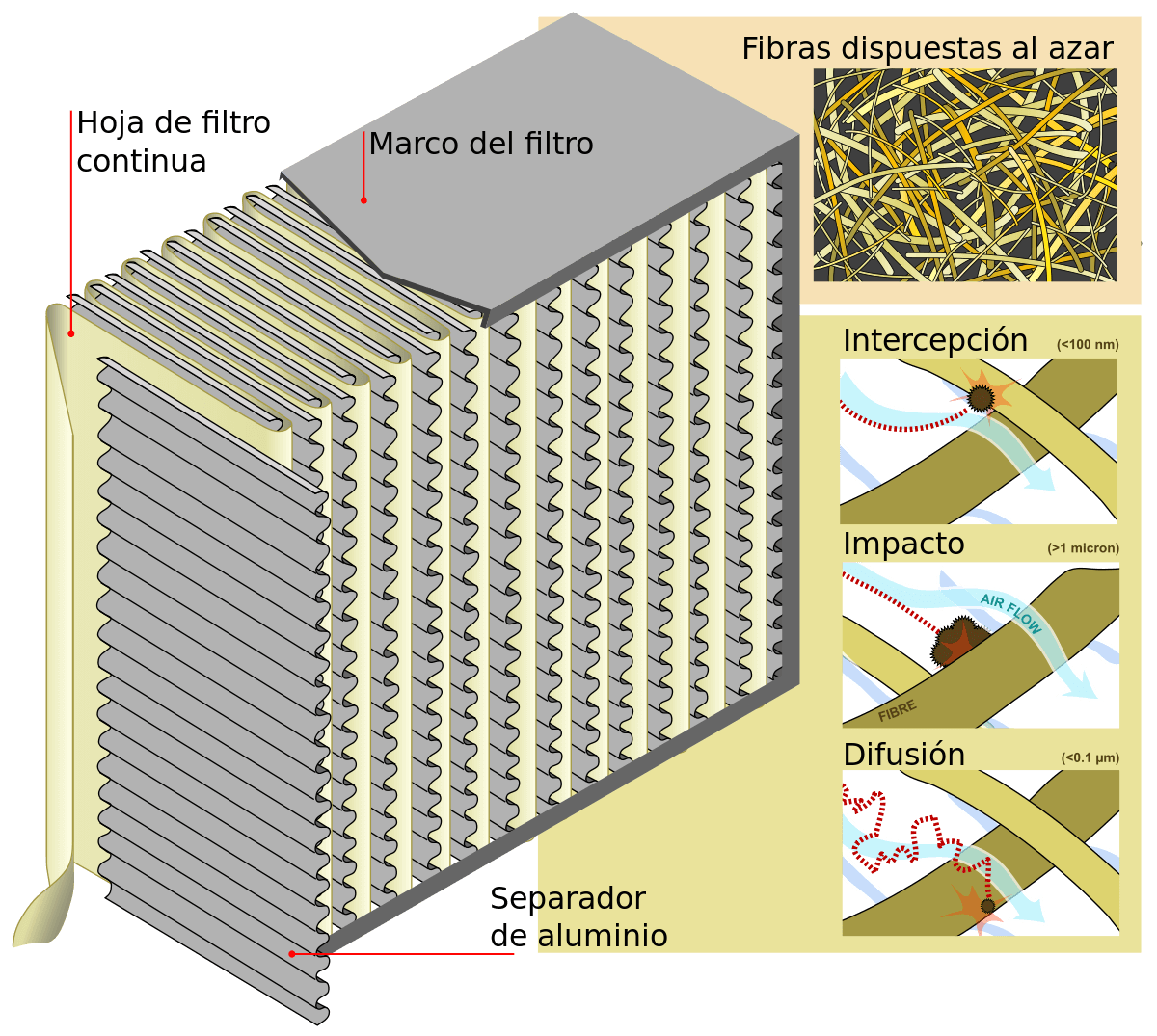Respiratory diseases are a reality. Exposure to dust mites, tobacco smoke, pets, pollen and bacteria can affect breathing and lead to long-term respiratory problems. Air purifiers have become the best tool to destroy all these airborne allergens.
In order to improve the quality of indoor air, many businesses have installed air purification devices that create a healthier working environment. But how do you know which of the purification numbers on the market is the most suitable for your business?
We can find numerous models that suck the air from a room and expel it once it has been filtered, but in order to choose the one that best suits the needs of your business, we explain below how these purifiers work and detail the best models that you can find at Reysan Atlantic ®.
How an air purifier works
An air purifier aims to remove particles present in the air that can be harmful to health. How do they do this?
To retain these particles they usually first capture the air using a fan. The air passes through a filtering system where the particles and impurities are trapped and the resulting clean air is expelled again.
There are several technologies that purify the air: HEPA filters, Ozone... but HEPA filters have proven to be one of the best options since in the case of Ozone, it must be used carefully and without the presence of people during its use since, despite its effectiveness for disinfection and cleaning, it is not recommended because it can produce adverse effects.
That is why when looking for a purifier, it is better not to include an ozone generator as a complement if we are going to use it in spaces where people are present.
HEPA filters
HEPA (High Efficiency Particle Arresting) filters remove 99.95% of air pollutants.
They are composed of a kind of fibre grid that traps particles suspended in the air in four different ways depending on the size of the particle: direct or inertial impact, diffusion, interception and sieving.

As the particles move through the filter they are trapped by the fibres that make up the filter.
Extra technology
Another point that can help us to choose one model or another of purifier is to know if it has some kind of complementary technology such as ionization, active carbon or ultraviolet light.
Carbon filter
Inside the carbon filters there are activated carbon granules or filaments. This is capable of absorbing the larger molecules that cause odours. Interesting if, for example, we want to use a purifier in environments such as those of the hotel industry.
Ionizer
An air ionizer electrostatically attracts negatively charged particles, which adhere to the heavier particles and are thus filtered out by the purifier.
Ultraviolet light (UV)
When bacteria and germs are exposed to the germicidal wavelengths of UV light, they become unable to reproduce. Thus, UV light helps to neutralise those bacteria that may accumulate on the filters.
Room size, a key point in the choice
It is important to take into account the size of the room we want to "purify" as the power we will require will not be the same for a 20 m2 room as for a 60 m2 room for example.
In our catalogue you can find different models of purifiers that help to improve the quality of the air, for example:
A remarkable point of these models is that they both have an air quality analysis system. Thanks to a colour LED indicator, it informs us quickly of the air quality in the room in which we are.
If you have any doubts about the purifiers, remember that our team is at your disposal to advise you on the choice of the best purifier for your needs.